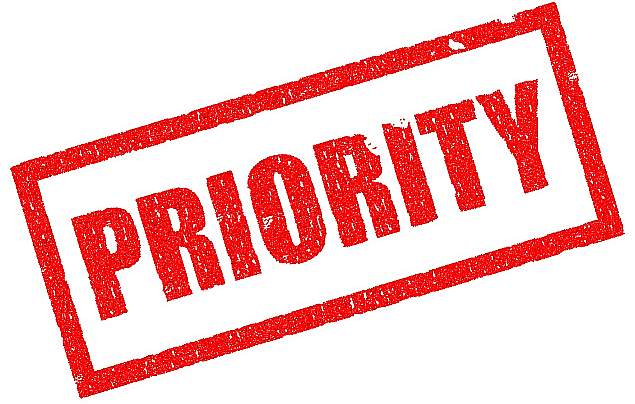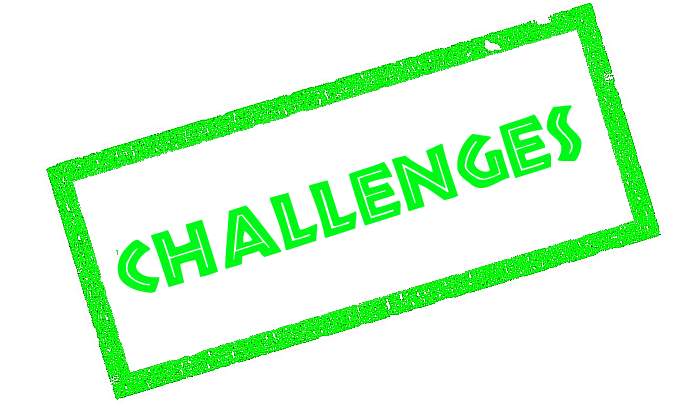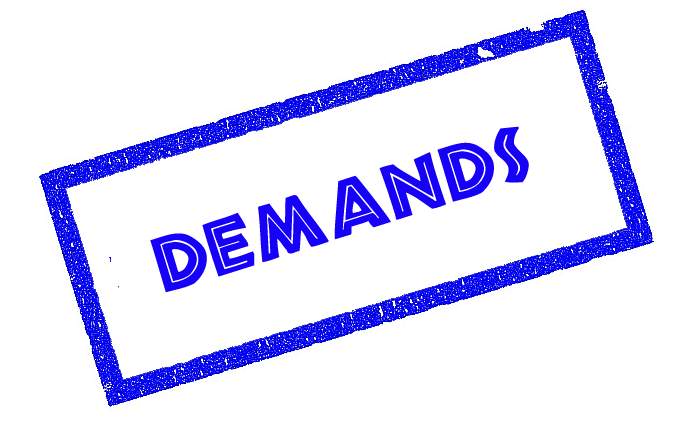4.- Internal CSR in response to new internal and external challenges.
The questions referring to the management of people in organizations were always rooted in the Personnel Department before and currently in Human Resources.
The modern conception of the function of managing people has led to different orientations and approaches to the classic ones that referred fundamentally to recruitment, to retribution and everything related to a belligerent attitude and direct response to the legitimate representatives of the workers, specifically, trade unions.
But the function has been advancing not only by its own means, but also it has had to adapt to the new social requirements.
After the Personnel Management and the own one of the Human Resources they have been appearing the Management of the Professional Development and the Management of the Knowledge and the Learning fruit of the advent of the Society of the Information and the Knowledge.

From there, modern organizations have begun to integrate something that we can begin to call Social Management.
Evolution of the conception on the Human Resources function On the other hand, the priorities and challenges of the Human Resources function as an exempt activity have been changing.
4.1. - Priorities for the Human Resources Department
The priorities before which the function is at this moment we could characterize them in four main ones:
• Become a strategic partner for the whole business; this is due to the character of secondary activity that it represents in the value chain of companies.
• Develop a great experience and "expertise" in administrative management, since it can make use of sophisticated management tools such as those already named ERP.
• To be a champion of employees and, therefore, in connection with legitimate social forces, trade unions, within the framework that requires social dialogue, to assume not only the defense of employees, but also, the commitment to request the means to prevent problems and situations that are complicated and discriminatory for them.
• And be likewise, a useful agent of change that allows adequate adaptation by companies to the vicissitudes that the market and the political, social and economic conditions entail.
• The "image" of Human Resources Addressing these priorities is essential for the Human Resources function to be able to face the challenges that are presented to it.
4.2. Challenges for the Human Resources Department
And these challenges can be specified in the following points:
• Convert business strategies into priorities for the Human Resources activity, assuming the organizational approaches as their own.
• Define a strategy and a set of policies in the areas corresponding to people management.
• Diagnose and improve the processes of the function in line with the approaches of the Total Quality model.
• Manage the contribution of the employees as well as know how to integrate the new social demands in the human resources policies designed for that purpose.
4.3. Demands for the Human Resources Department
But at the same time, companies are also demanding adaptation for the Human Resources function, demanding that:
• Share the strategic orientations and be able not only to assume them but also to propagate them and make them acceptable.
• Know the market and the activity of the business and are not mere generalists and implementers of fixed and stereotyped formulas unrelated to the activity.
• They can rationalize their own operations as well as own their costs, applying management criteria as any other division or department generating primary value.
• Assume support in the transformation processes necessary to adapt to market developments.
• Satisfy both the needs and expectations of the entire staff as well as the specific requirements of each member in terms of internal customer.
4.4. New functions of Human Resources
To achieve all these obligations, in many cases new, the role of Human Resources has to make use of new management modes such as process reengineering, automation through management tools, the use of flexibility or subcontracting , in short, being in line with the modern concept of value generation.
And for this, it is essential to assume an attitude of service, therefore have guidance to the internal client, being as affordable and proactive as possible, as well as offering advice through a certain internal consultancy, abandoning behavior of mere reception and disability. to anticipate events.

Due to all the above, the traditional functions of those responsible for Human Resources have added a few more that we show below:
|
It will be in this last point, the tenth of the new functions that should be assumed from the management of people, where the so-called Internal CSR can come to the aid of the person responsible for the management of people in companies.



 All the images in this CRS Guide has been taken of the pixabay Platform under Pixabay Licence
All the images in this CRS Guide has been taken of the pixabay Platform under Pixabay Licence